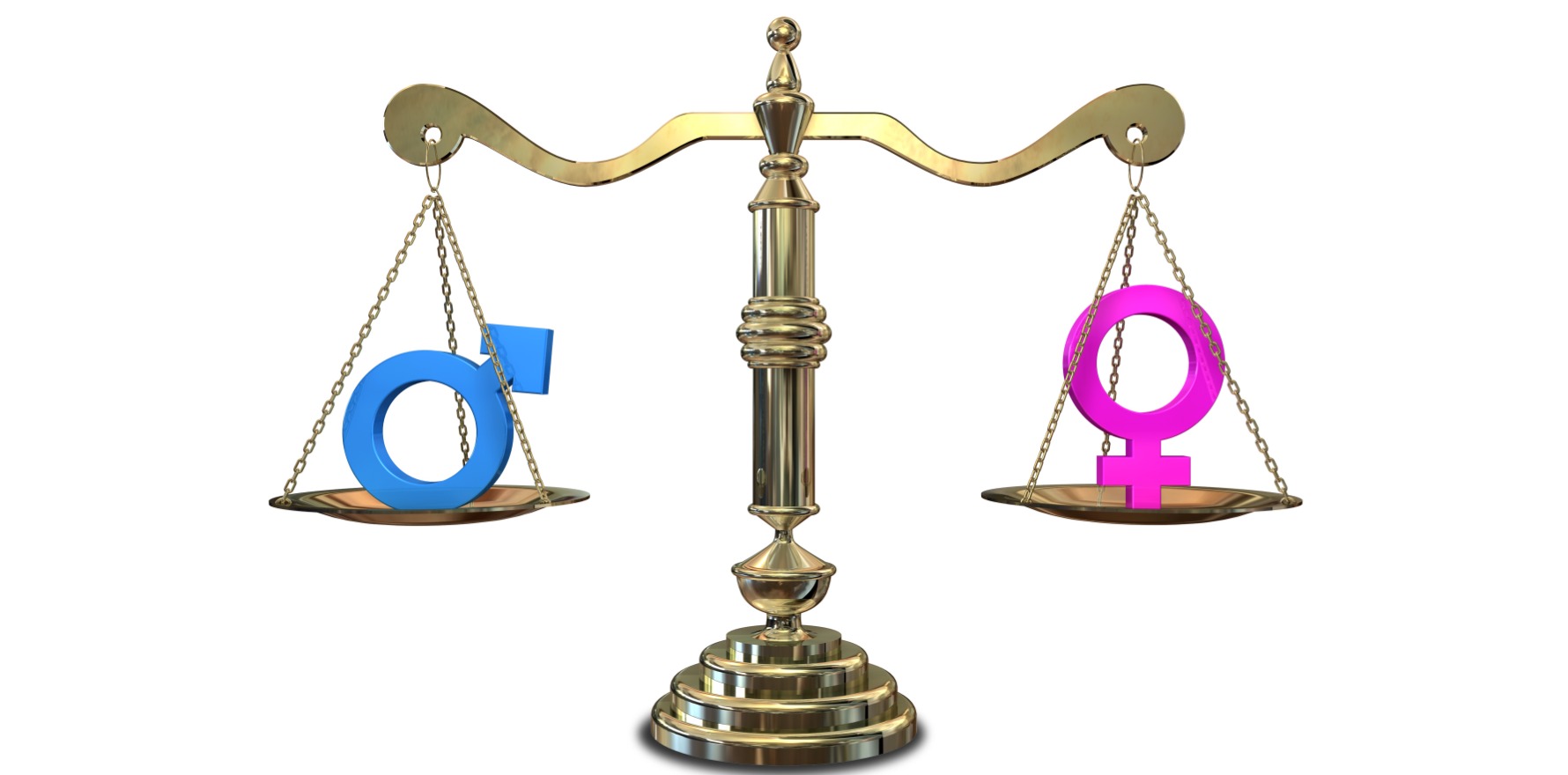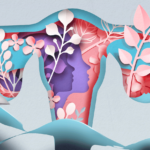Australian women are more likely than men to delay seeking medical care for cost reasons, despite higher rates of multiple chronic conditions.
A national plan to achieve gender equality must address healthcare, according to the RACGP and AMA.
With a new national strategy to address gender inequality in the works, the peak health bodies have put in their two cents on what it will take to get to a gender-equal society.
While most of the discussion focuses on women as patients in the health system, the RACGP and AMA also noted challenges faced by women in healthcare.
The AMA specifically pointed out that women comprise 75% of the health workforce but are underrepresented in leadership positions, with just 30% of deans, chief medical officers and college board or committee members identifying as women.
It’s lightly ironic, then, to learn that the AMA itself has had just two female presidents in 61 years.
While male and female doctors do tend to start out on similar salaries in full-time employment, women consistently fall behind over the course of their career.
According to the AMA, when taking the number of hours worked into consideration, female GPs earn 25% less than male GPs.
It’s a slightly better situation for female non-GP specialists who earn just 16.6% less than their male counterparts.
“This is related to female GPs spending longer time with patients but charging and earning less as a result of seeing fewer patients and is associated with the structure of the MBS,” the AMA said.
It’s a problem that could be set to grow, with the RACGP noting that women are expected to make up a significantly larger portion of the GP workforce in the coming years.
The new strategy is being put together by the Prime Minister and Cabinet’s Office for Women and will tie together existing initiatives like the National Women’s Health Strategy 2020-2030 and the National Plan to End Violence against Women and Children 2022-32.
Additional support for the women’s health strategy was welcomed by the AMA.
“The National Women’s Health Strategy outlines a range of vague objectives for women’s health, but it does not have a focus on gender equity/equality,” it said.
“This [new] strategy should be linked with the Women’s Health Strategy by actioning specific targets to help achieve gender equity and equality.”
According to the AMA, a key step toward addressing gender-based inequality is recognising that cisgender women need more support in relation to health than most cisgender men. Not equal support, but additional support.
“For example, a person who does not have the biological ability to give birth will not require the same leave, health care, and private health insurance to give birth,” it said.
“In addition, a person who does not menstruate will not have the financial disadvantage of buying menstrual products.”
Both the AMA and the RACGP recommended a renewed focus on women’s participation in medical research as a priority for closing the health gap between the genders.
Examples include the seven-to-12-year delay from presentation to diagnosis for endometriosis, as well as the dearth of research into the impacts of the menstrual cycle, menopause and pregnancy on women and girls with ADHD.
“In the absence of evidence, the findings from medical research based on males should not be assumed to apply to females,” the AMA said.
“Women should not be excluded from medical research except when there are adequate ethical, medical and scientific reasons.”





